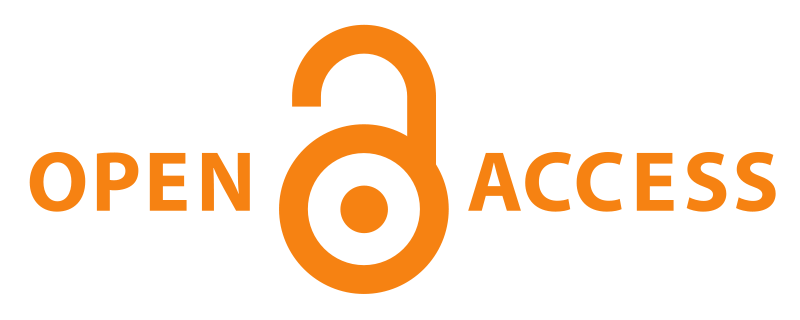The Effect of Submaximal Exercise on Cutaneous Blood Flow, Thermoregulation and Recovery Hemodynamics Following Endurance Exercise
Abstract
Aim. There are numerous reports of attenuation of cutaneous blood flow (CBF) during the recovery period after a single bout of exercise, but no one has investigated the CBF response to consecutive short-lasting aerobic exercise (SLAE) sessions following exhaustive endurance exercise (EEE) on daily basis, although this is a commonly used training regime in recreational athletes and could cause a cumulative increase in CBF that may be important for wound healing. This study examined the effects of EEE on forearm skin blood flow (LDF), cutaneous vascular conductance (CVC), and mean arterial pressure (MAP) in response to SLAE sessions performed for 7 days after EEE, as well as the correlation between cutaneous blood flow and indices associated with heart rate (HR) to examine the role of thermoregulation in post-exercise HR regulation.
Methods. In 19 recreational runners, LDF, MAP, HR, heart rate recovery (HRR), and HR variability indices (lnRMSSD, lnHF, and lnLF/ HF) were measured after SLAE in the form of submaximal graded cycling performed on consecutive days after EEE in the form of a half marathon and compared with baseline values before EEE. A significant time effect was observed for all measured parameters throughout the study period.
Results. Postexercise LDF increased 24 hours after EEE compared with baseline (77.814 AU compared with 54.712 AU). Postexercise hypotension was significantly more pronounced immediately after EEE compared with baseline (88.95.3 mmHg compared with 99.33.2 mmHg). However, postexercise CVC showed a progressive increase compared with baseline both immediately and 24 hours after EEE (0.53 0.07 AU/mmHg, 0.66 0.09 AU/mmHg compared with 0.4 0.09 AU/mmHg). A small negative correlation between LDF and HRR was observed throughout the experimental protocol.
Conclusion. These results suggest that EEE strongly influences cutaneous and systemic hemodynamics and cardiac autonomic response during recovery after SLAE. Our most important finding was that EEE improved cutaneous perfusion 24 hours after completion of EEE, which may be important for wound healing. The results of our study are potentially applicable for patients with chronic wounds who should be encouraged to exercise moderately on daily basis and to include endurance exercises occasionally, as this strategy potentiates postexercise cutaneous perfusion.




